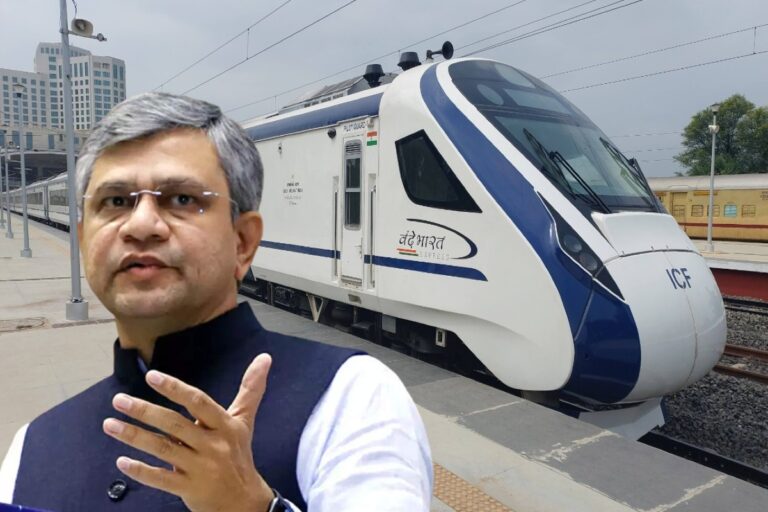
Photo by Dhally Romy on <a href="https://www.pexels.com/photo/village-by-bhagirathi-river-in-india-12495840/" rel="nofollow">Pexels.com</a>
As spiritual devotion and environmental tension converge in the Himalayas, two iconic elements of the Gangotri region — Mukhba village and the Bhagirathi River — find themselves at the center of unfolding challenges. While Mukhba, the revered winter home of Goddess Ganga, fights for long-overdue road connectivity, the Bhagirathi River is carving through the Gangotri highway, threatening access to one of India’s most sacred pilgrimage routes.
Mukhba, nestled in the Uttarkashi district near Harsil, is a quaint Himalayan village of deep spiritual importance. Every winter, when snow forces the closure of the Gangotri Temple, the idol of Goddess Ganga is brought to Mukhba, where it is worshipped for six months. The temple here becomes the symbolic heart of the Ganga’s divine presence.
The villagers, many of whom are traditional priests of Gangotri Dham, maintain this sacred tradition generation after generation. Yet, despite its cultural and religious significance, Mukhba remains cut off from essential infrastructure, especially proper road connectivity.

The Mukhba–Jangla road project, sanctioned over 40 years ago, still lies incomplete. While the road reached Mukhba in 2015–16, the crucial remaining 6 kilometers needed to connect it to regional hubs remains a distant dream. Locals report that inadequate funding, harsh terrain, and environmental clearance delays have stalled the project repeatedly.
In a strong message to the authorities, Mukhba residents have announced a “No Road, No Vote” campaign, threatening to boycott upcoming panchayat elections unless the project resumes immediately. They argue that not only is the road essential for daily needs, but it also plays a critical role in supporting winter tourism and religious pilgrimage.
The Bhagirathi River, born from the Gomukh glacier, is one of the holiest rivers in Hindu mythology — its name derived from King Bhagirath, whose penance brought Ganga to Earth. Today, however, this sacred river is presenting a serious engineering and ecological challenge.
Earlier this month, the river’s swollen currents breached a 16-meter-long safety wall along the Gangotri National Highway near Sonagad, causing severe erosion. The flooding was aggravated by an old diversion channel left behind by the now-defunct Loharinag-Pala hydroelectric project.

While the Border Roads Organisation (BRO) has implemented temporary fixes, concerns remain high. BRO officials have confirmed plans to build a strong RCC wall after the monsoon, but until then, pilgrims and locals face ongoing travel risks, especially during heavy rains and landslides.
Together, the stories of Mukhba and the Bhagirathi reveal a region caught between spiritual heritage and infrastructural neglect. While the faithful continue their journeys with hope, the physical roads — both literal and metaphorical — remain broken.
The government has acknowledged the urgency, but locals are demanding concrete action over symbolic gestures. With both climate change and development delays threatening connectivity and culture, the Himalayan belt needs more than devotion — it needs decisive policy and durable engineering.



